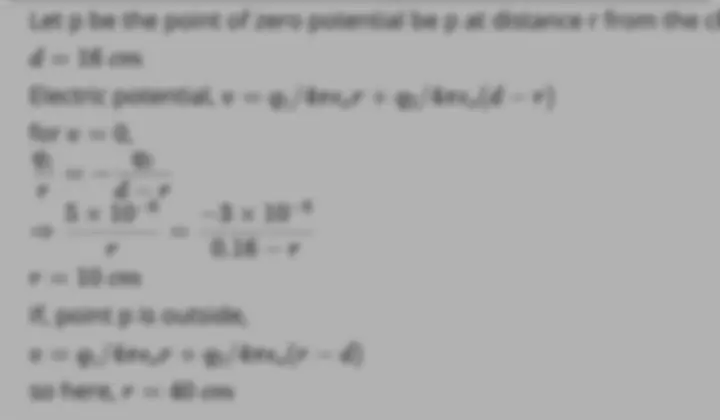Question
Which of the following is correct processes ?
Found 7 tutors discussing this question
Discuss this question LIVE
11 mins ago
Filo tutor solution
Learn from their 1-to-1 discussion with Filo tutors.

Generate FREE solution for this question from our expert tutors in next 60 seconds
Don't let anything interrupt your homework or exam prep with world’s only instant-tutoring, available 24x7
Practice questions from similar books
Question 1
Consider the following statements :Roasting is carried out to:
1. convert sulphide into oxide
2. melt the ore
3. remove moisture, water of hydration and expel organic matter
4. remove sulphur and arsenic in the form of volatile oxides
Out of these statements:
| Question Text | Which of the following is correct processes ? |



